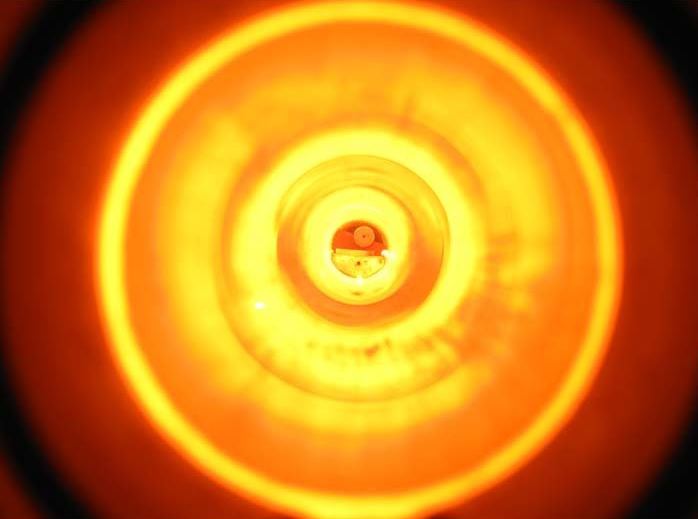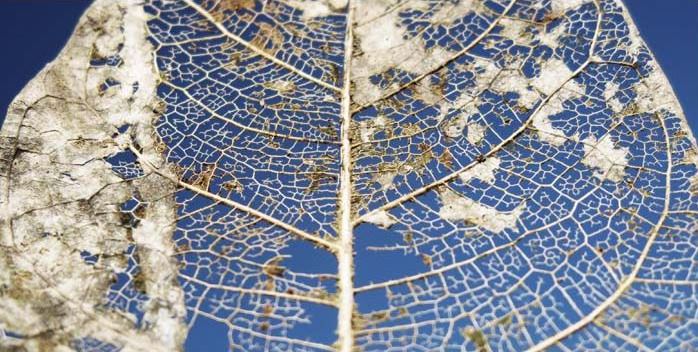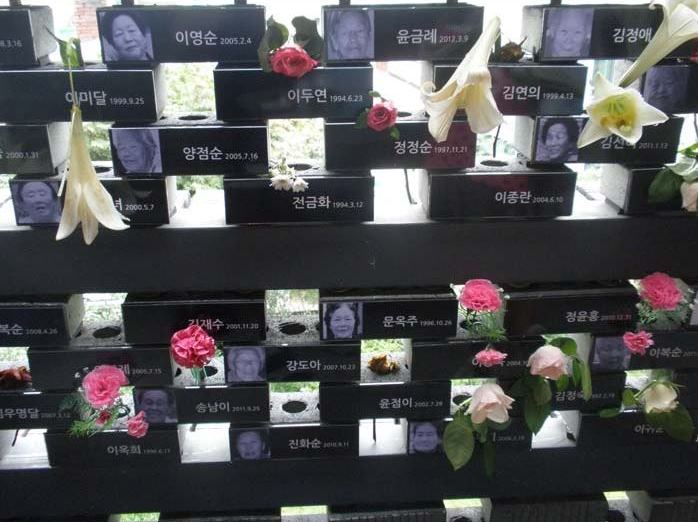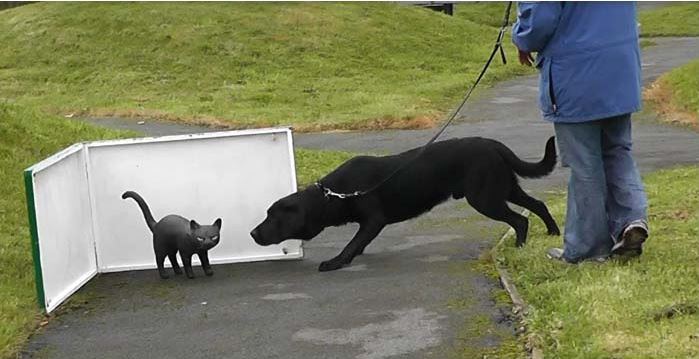
October 30, 2014, by Deepa Kumari Veerasingam
Images of Research Photography Competition
Following the success of the Images of Research 2012 – Research Photography Competition organised by the Graduate School in UK campus, the Research Training and Academic Development (RTAD) is organising such a competition in Malaysia campus.
The Images of Research Photography Competition challenges you to capture people’s imagination and enthuse them about your work. If you are a postgraduate students or early career researcher, we invite you to capture the essence of your research with a single photographic image that you have taken yourself. The image can be anything that in some way represents, connects with or comments on your research.
Full details of the competition can be obtained following this link: http://blogs.nottingham.edu.my/postgraduate/2014/10/14/images-of-research-photography-competition/
Reference
The following are the winning entries of the Images of Research 2012 – Research Photography Competition, held in the UK campus.

This photo was taken through the window of a tube furnace. I was attempting to capture a droplet of aluminium on a surface but the experiment did not go as planned. I noticed, however, that the colours in the furnace were such vivid shades of red and orange, and thought it would make a striking image. – Hannah Constantin, Engineering

One of the themes in my research concerns whether it is possible to resolve seemingly conflicting patterns of judgement (or views) about philosophically important concepts such as knowledge and moral value. This photo was taken while in Washington DC to present some of this research at the Winter 2011 Eastern Division meeting of the American Philosophical Association. The image shows a single view-point, on Bruce Nauman’s ‘Fifteen Pairs of Hands’ (1996) at the National Gallery of Art, inviting comparison with other possible views. – James Andow, Arts

Peat is the term applied to the undecayed organic matter coming from different plant tissues that accumulates belowground under certain environmental conditions. Since organic matter has in its composition a significant amount of carbon, this peat deposits represent important carbon sinks in the context of the global warming phenomena. The leaf in this picture comes from a peatland locate in Central America at the Republic of Panama. Under different mechanisms developed by the United Nations such as those focused in Reducing Carbon Emissions from Deforestation and forest Degradation (REDD), peatlands represent a tangible hope to mitigate global warming by keeping the carbon sinks intact. – Jorge Hoyos, Science

I took this photograph while visiting a “comfort women” memorial museum in South Korea. “Comfort women” were sex slaves that were gang-raped by the Japanese military from 1931 until the end of World War II. During that time, Japan syndicated a wide scale trafficking system throughout Asia, whereby poor girls like these, were recruited by deception or force. Since 1945, this atrocity had been erased from Japanese history until 1991, when the sixty-eight-year-old Korean survivor, Kim Han-sun, broke her forty-six-year silence. These faces represent all of the Kim Han-suns who are now all over aged 70 and are fighting to restore justice and their dignity by suing Japan. The flowers are for those “comfort women” that have passed away. Someday all of the survivors will die. My research seeks to answer the question: “how do we pass on our knowledge of the past from one generation to the next?”. – Sachiyo Tsukamoto, Social Science

The ‘epidemiology of behaviour in guide dogs’ research project seeks to develop improved methods to identify, at the earliest possible age, those canine behaviour that are most closely associated with utility for guide dog work and those that result in nearly one quarter of trainee dogs being withdrawn for behavioural factors. One aspect of this research has been the development of a number of controlled adult dog assessments. These assessments involve trainee dogs being exposed to a number of relevant controlled stimuli (such as the artificial cat pictured). The trainee guide dogs levels of reactivity for a number of important behaviour, that are closely associated to the main reasons for dog loss for behaviour from the Guide Dog training programme (in this case suspicion towards unusual objects), are assessed against a behavioural ethogram. Dogs’ initial reaction when stimuli are first encountered and their post stimuli behaviour are being examined to determine if such an assessment can improve Guide Dogs ability to select or de-select dogs from the training programme. – Simon Blythe, Medicine & Health Sciences
All entries can be viewed following this link: http://www.nottingham.ac.uk/graduateschool/events/images-of-research-competition-winners.aspx
Please note that closing date for the competition is 7th November 2014 (Friday).
Good luck!
-
Post a comment
